In the world of transportation and logistics, the semi-trailer is an industry staple, with its capability to carry numerous types of cargo serving as a cornerstone for efficient supply chain management. A crucial yet often overlooked aspect of maintaining the overall integrity and safety of a semi-trailer is the proper setting of the bead on the tires. A well-set bead ensures optimal performance, enhances safety, and extends the life of the tire, thus having a direct impact on the profitability of your operations.
Understanding the Importance of Bead Setting
Bead setting is the process of ensuring that the tire bead—the portion that clamps to the wheel rim—is securely and properly seated. Failure to set the bead correctly can lead to a plethora of issues, including:
- Air Leakage: An improperly set bead can cause a slow leak or immediate air loss.
- Increased Wear: Uneven tire wear resulting from poor bead placement can lead to premature tire replacement.
- Reduced Performance: Tires that aren’t fully seated can cause vibrations and affect handling.
- Safety Risks: A bead that is not set correctly can potentially lead to tire blowouts, posing risks to both the driver and cargo.
The Structure of Beads and How They Work
Before delving into the actual process of bead setting, it’s essential to comprehend the anatomy of the tire and wheel assembly.
| Component | Description |
|---|---|
| Tire Bead | The part of the tire that sits against the wheel rim. |
| Rim Flange | The component of the wheel that helps secure the tire bead. |
| Air Chamber | The enclosed space within the tire that holds air. |
Understanding these components provides insight into the bead’s role: it not only keeps the tire secure on the wheel but also plays a vital role in maintaining air pressure, which is crucial for safe operation.
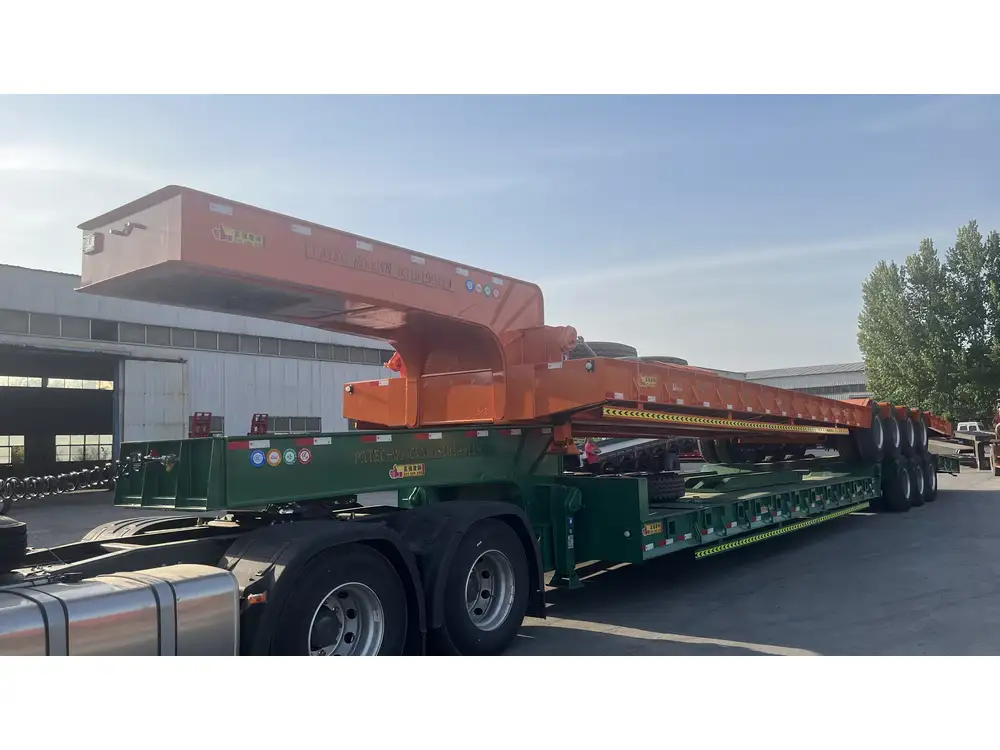
Tools Required for Setting the Bead
Equipping yourself with the right tools is paramount for effective bead setting. Here is a list of essential tools:
- Tire Bead Tool: Specifically designed for helping to seat beads without damaging the tire.
- Air Compressor: Necessary for inflating tires to the correct pressure.
- Rim Protector: Prevents scratches on the tire and rim during the setting process.
- Tire Pressure Gauge: Ensures precise air pressure measurement.
- Lubricant: A tire lubricant can help facilitate bead seating during inflation.
Optimal Working Environment
Ensure that the workspace is clean, dry, and well-lit. A clutter-free environment minimizes the risk of accidents and fosters efficiency. Furthermore, working in a temperature-controlled setting can aid in the pliability of the tires and make the bead setting process smoother.
Step-by-Step Guide to Setting the Bead on a Semi-Trailer Tire
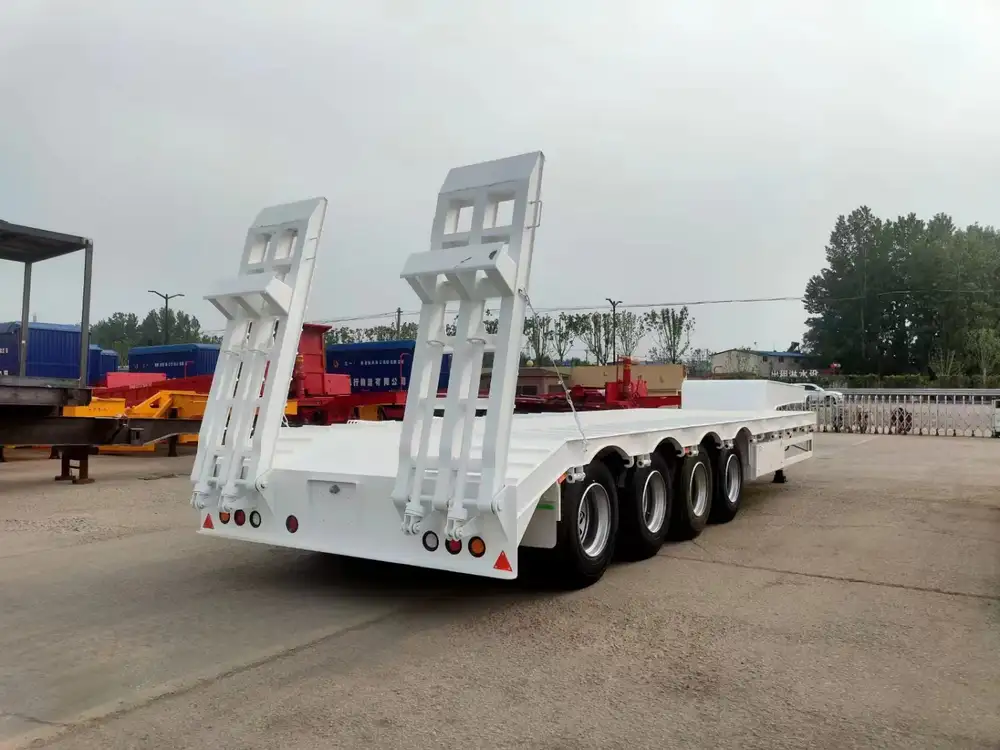
Step 1: Prepare the Tire and Rim
Begin by inspecting the tire and rim for any damages. Any dents or deformities can compromise the integrity of the bead setting process. Cleanse both surfaces—the tire bead and the rim flange—of any dirt, grime, or previous lubricant.
Step 2: Apply Lubricant
Generously apply tire lubricant to the bead of the tire and the rim flange. This step is vital, as it helps the tire to slide easily into place, reducing friction during inflation and ensuring an even seat on the rim.
Step 3: Align the Tire
Position the tire over the rim carefully. Pay attention to the alignment; the tire must sit uniformly around the wheel to facilitate equal pressure distribution when inflated. This is crucial for achieving a proper bead seat.
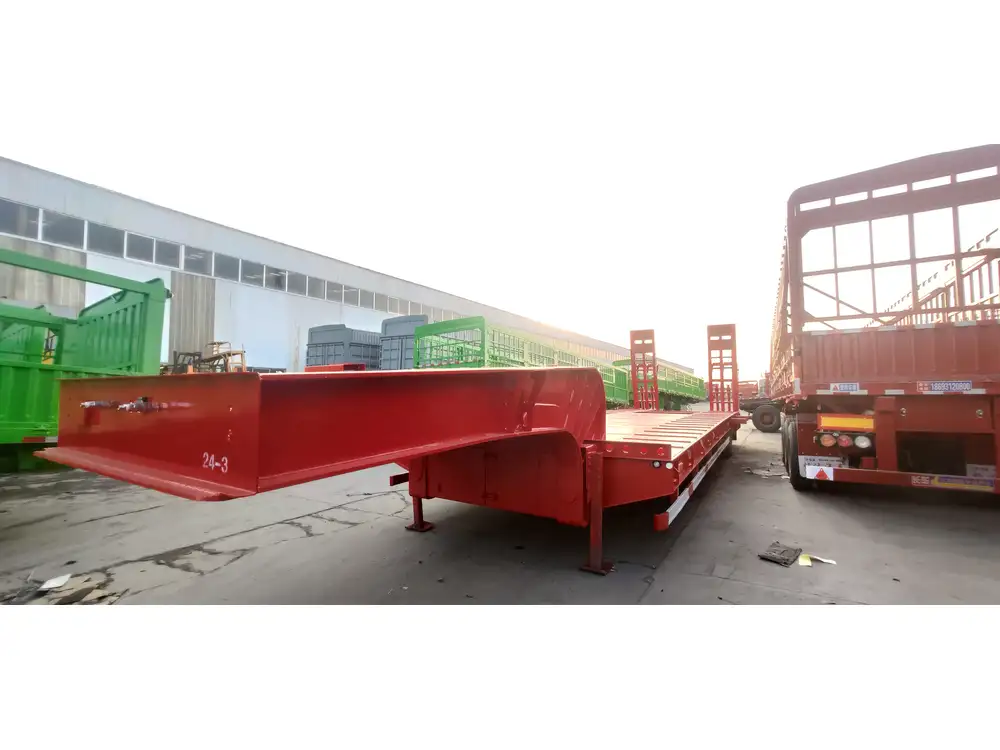
Step 4: Inserting the Air Valve
While aligning, make sure the air valve of the tire is oriented correctly and accessible. This position enables easy inflation and monitoring of tire pressure.
Step 5: Start Inflating
Begin inflating the tire slowly to about 20 psi (pounds per square inch). This initial pressure is typically sufficient to help the bead press against the rim and start the seating process. Monitor the tire carefully during inflation; listen for any unusual sounds which might indicate improper seating.
Step 6: Observe for Seat Movement
As the tire inflates, observe for movement of the bead. Both sides should gradually shift toward the rim. Continue to inflate until you reach the recommended tire pressure, usually specified in the manufacturer’s guidelines. It’s critical to assess that the bead is evenly seated at this stage.
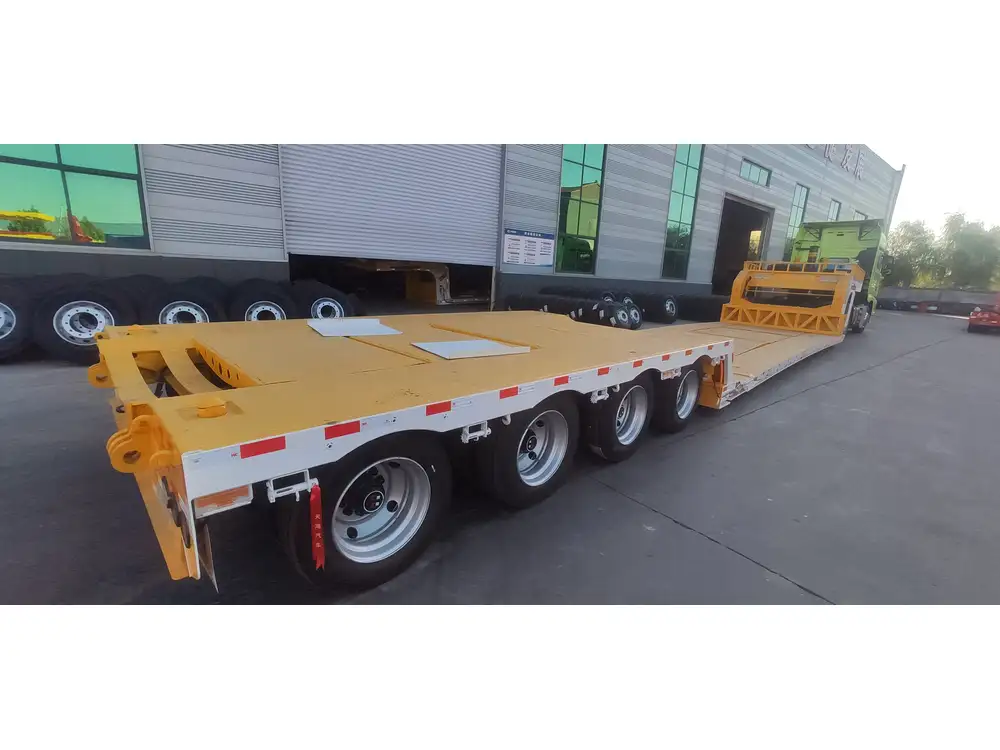
Step 7: Check the Bead
Using your hands, gently press around the entire bead perimeter to ensure it’s seated uniformly along the rim. If the bead hasn’t set correctly, you may hear and feel a pronounced “pop,” indicating that the tire has found its place against the rim.
Step 8: Confirm Pressure
Once you’ve reached the desired pressure, use a tire pressure gauge to confirm. Maintain the pressure as specified in your vehicle’s manual. This step ensures optimal performance when the trailer is loaded.
Step 9: Recheck After a Short Period
Once seated, allow the tire to sit for a couple of hours before putting it into operation. After this period, conduct a pressure check to confirm that the air hasn’t bled off. If you notice a drop in pressure, it may suggest an inadequate bead set, requiring you to repeat the process.
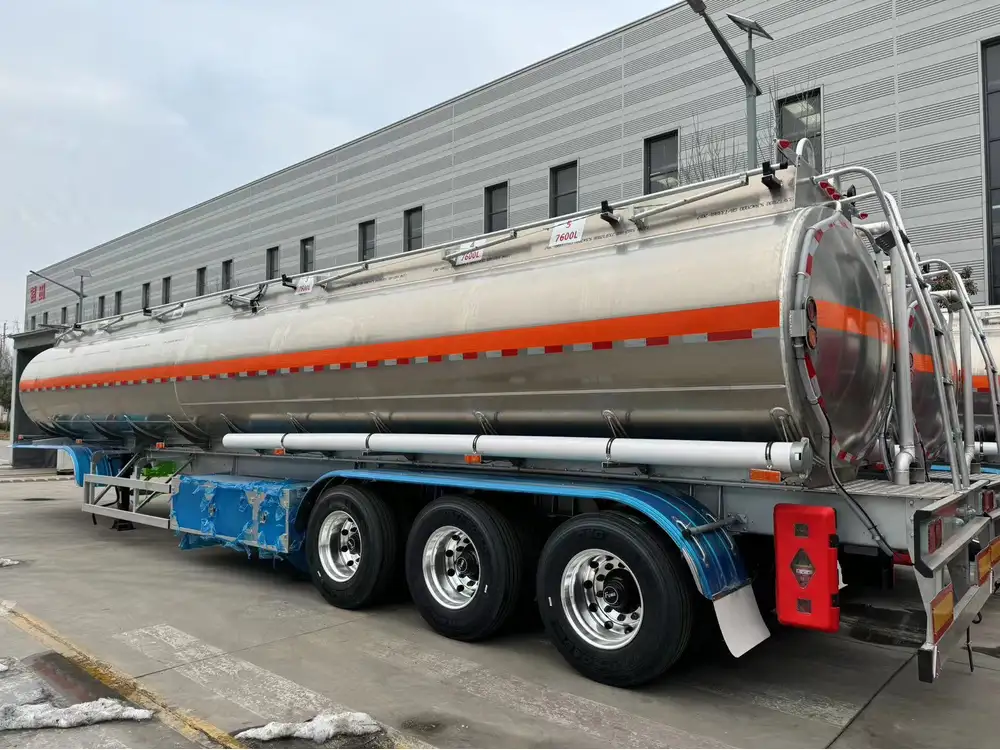
Common Challenges and How to Overcome Them
An experienced technician can still face challenges while setting the bead. Here are some typical issues with practical solutions:
| Problem | Solution |
|---|---|
| Tire skips or pops during inflation | Ensure lubricant is adequately applied, and recheck alignment. |
| Tire bead bulges | Deflate slightly and use the bead tool to reposition. |
| Persistent air loss | Inspect the bead and rim for damage; re-lubricate and try again. |
Understanding these common challenges equips manufacturers and operators with problem-solving tools that help maintain efficiency and safety.
Maintenance Tips for Semi-Trailer Tires
Beyond proper bead setting, regular maintenance ensures longevity and peak performance of semi-trailer tires. Consider the following practices:
- Regular Inspections: Routinely visually and physically inspect tires for signs of wear or damage.
- Maintain Proper Pressure: Check and sustain recommended tire pressure, adjusting for load and conditions.
- Rotation and Balancing: Regularly rotate tires to promote even wear and balance for optimal handling.
- Monitor Weather Conditions: Pay attention to weather conditions as fluctuating temperatures can affect tire pressure.
Conclusion: Enhancing Performance and Safety through Proper Bead Setting
Setting the bead on a semi-trailer tire is not merely a maintenance task; it is a critical aspect of ensuring both performance and safety. By following the meticulous steps outlined and utilizing the proper tools and techniques, operators can create a robust tire assembly that withstands rigorous use.
In a marketplace where reliability is paramount, taking the time to master bead setting not only enhances operational efficiency but also guarantees that your semi-trailer is equipped to face the demands of any journey ahead.
By adhering to the best practices discussed here and embracing a proactive maintenance schedule, you will ensure a smoother ride, reduce costs associated with tire failure, and ultimately contribute to the enhanced efficiency of your logistics and transportation efforts.



